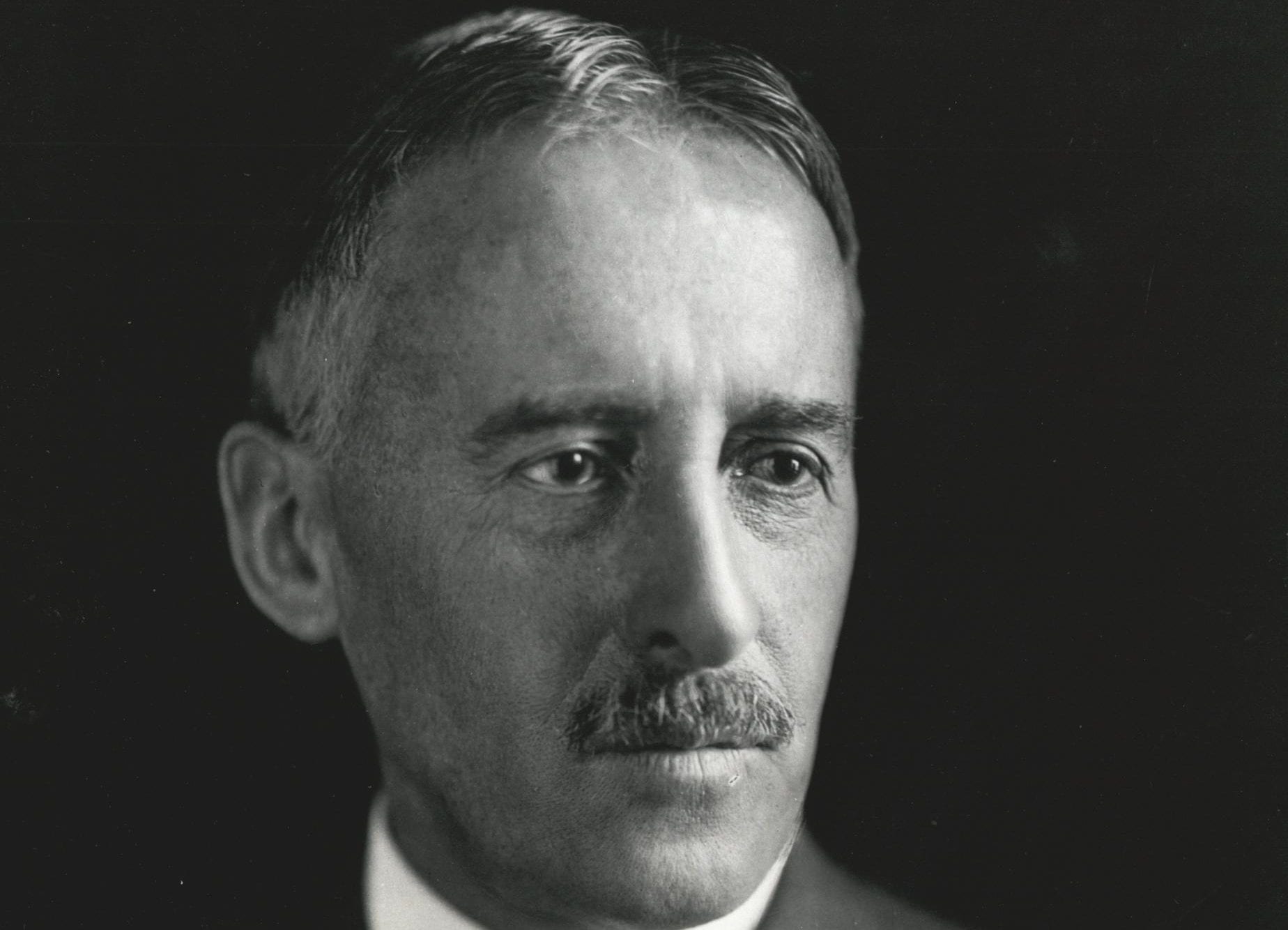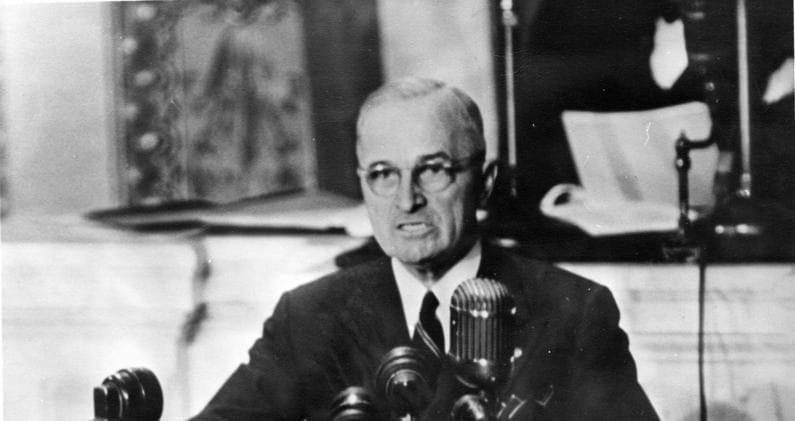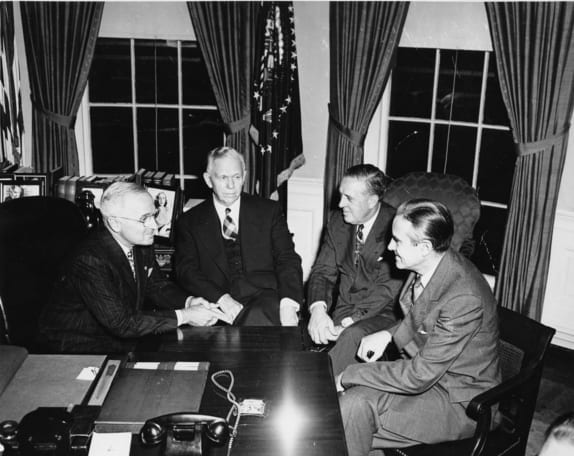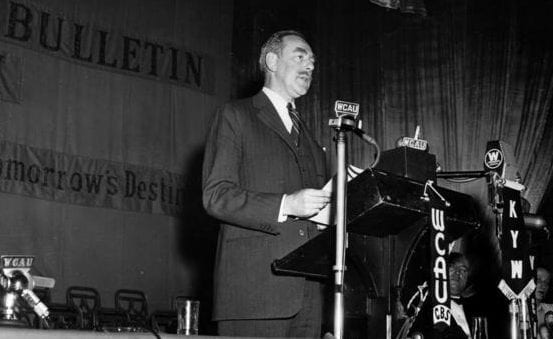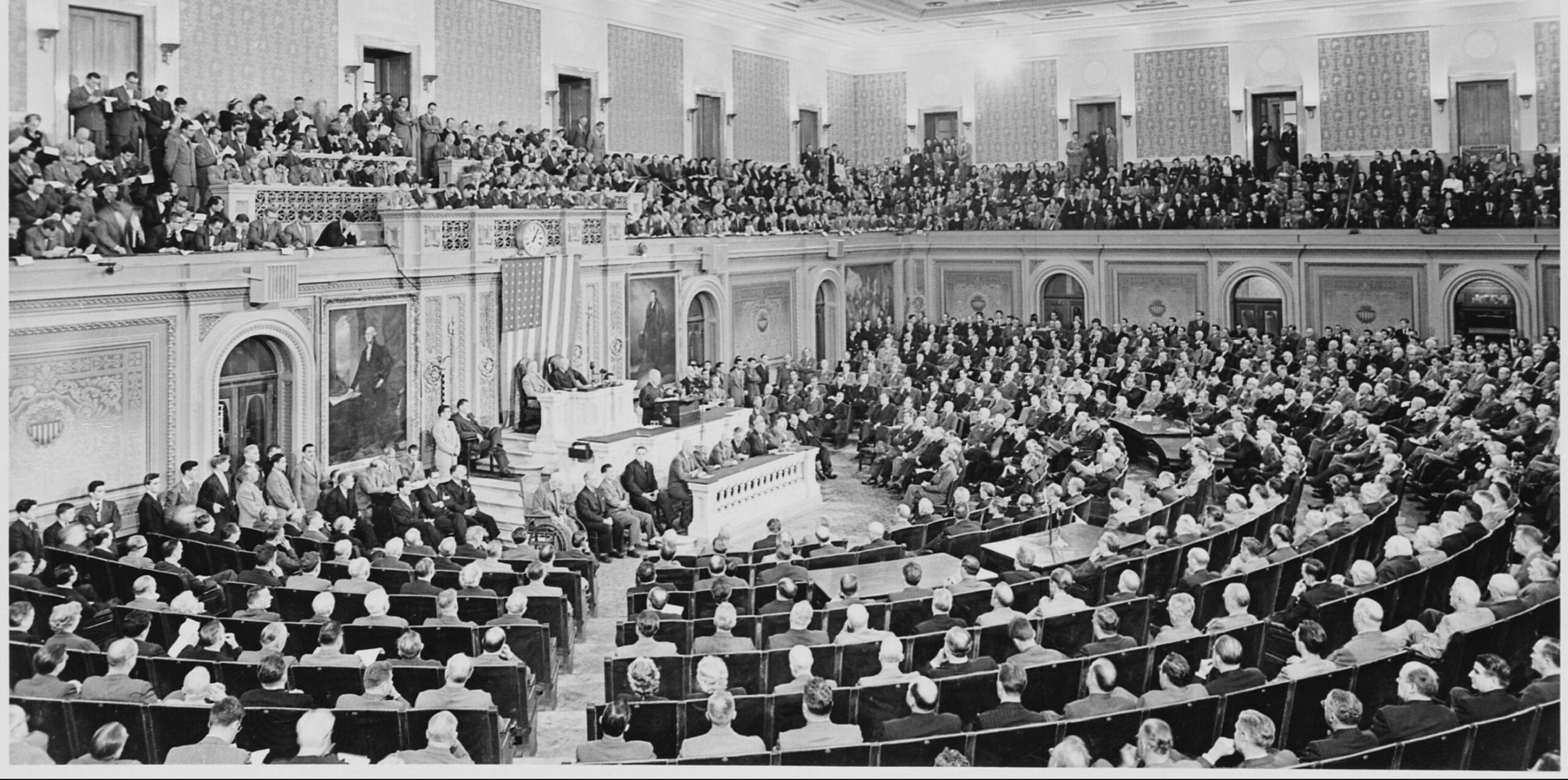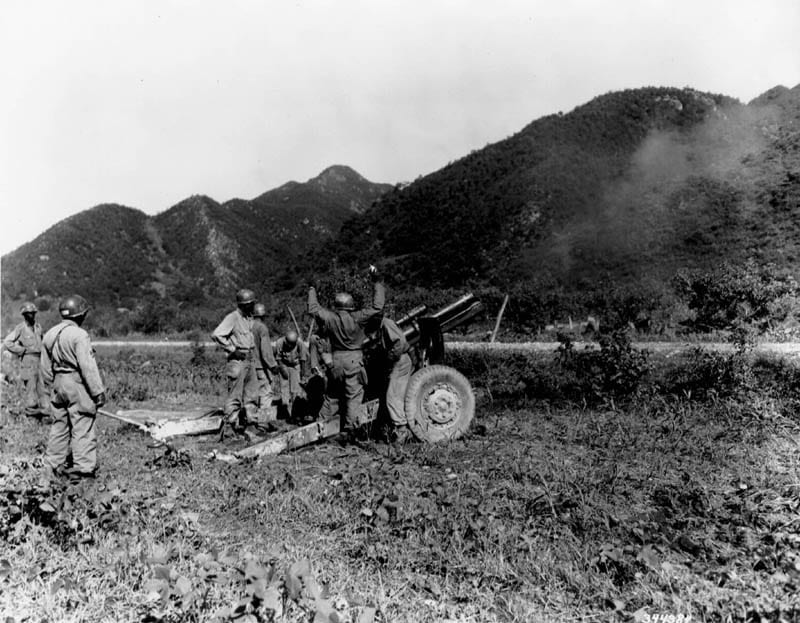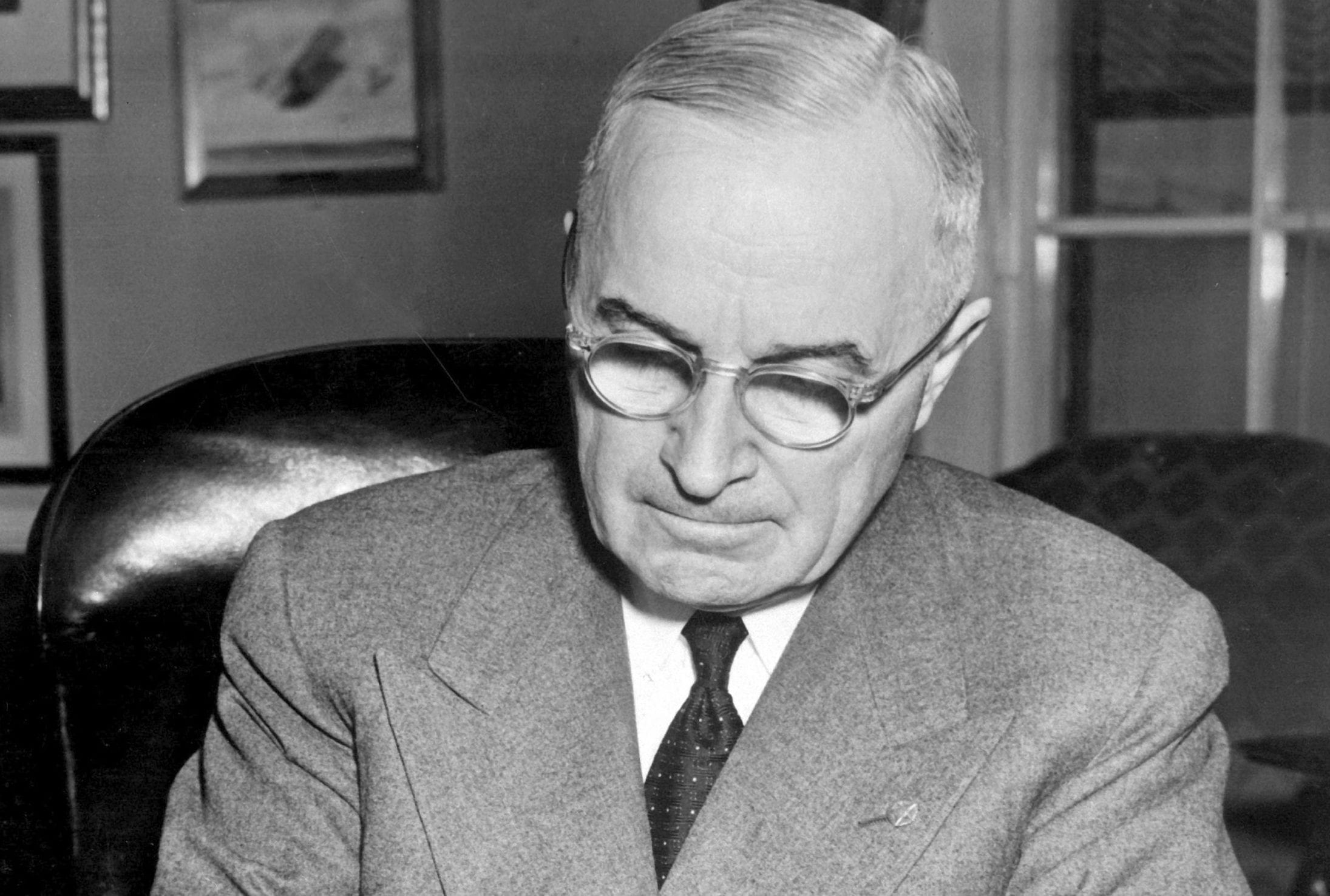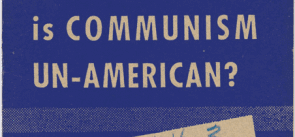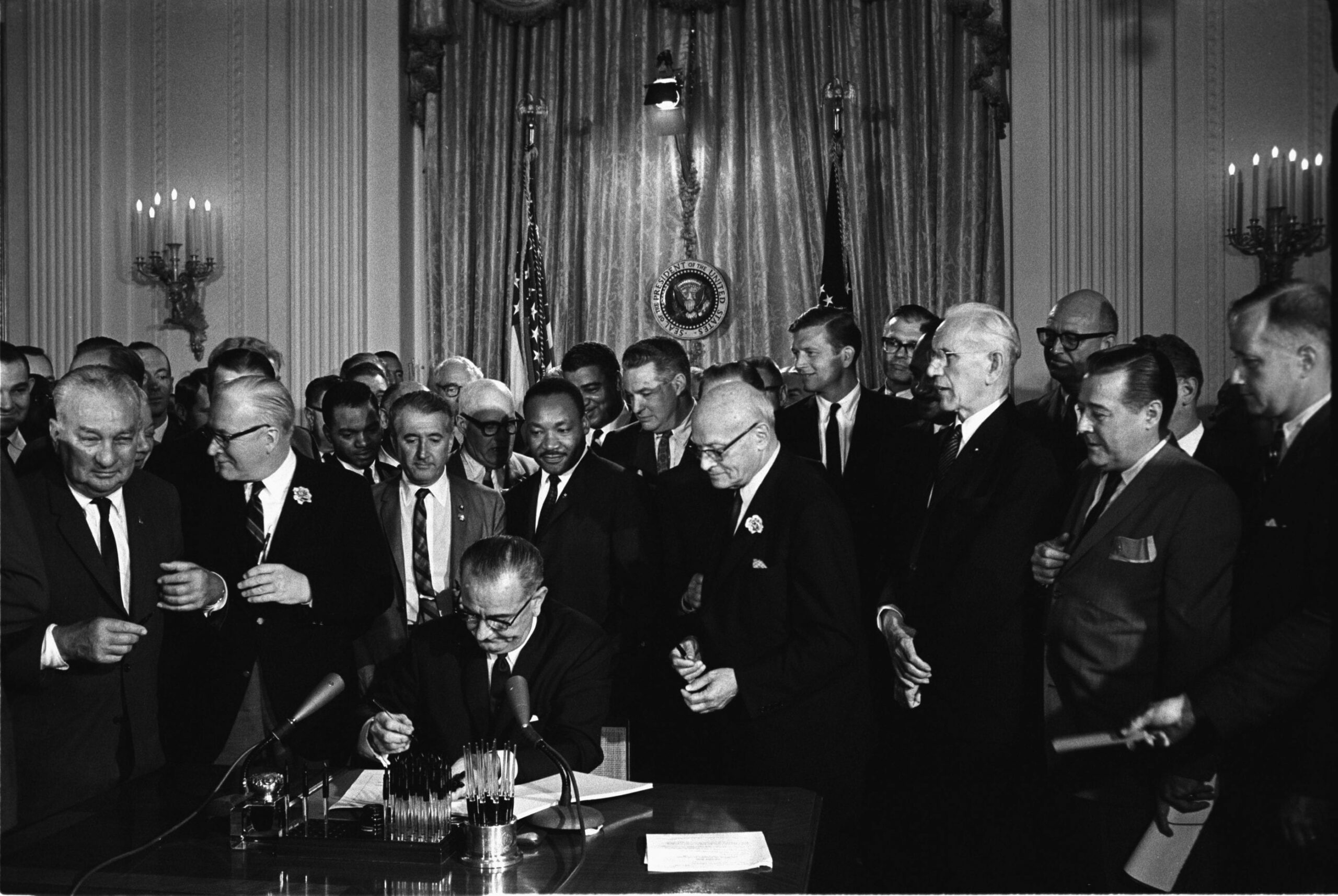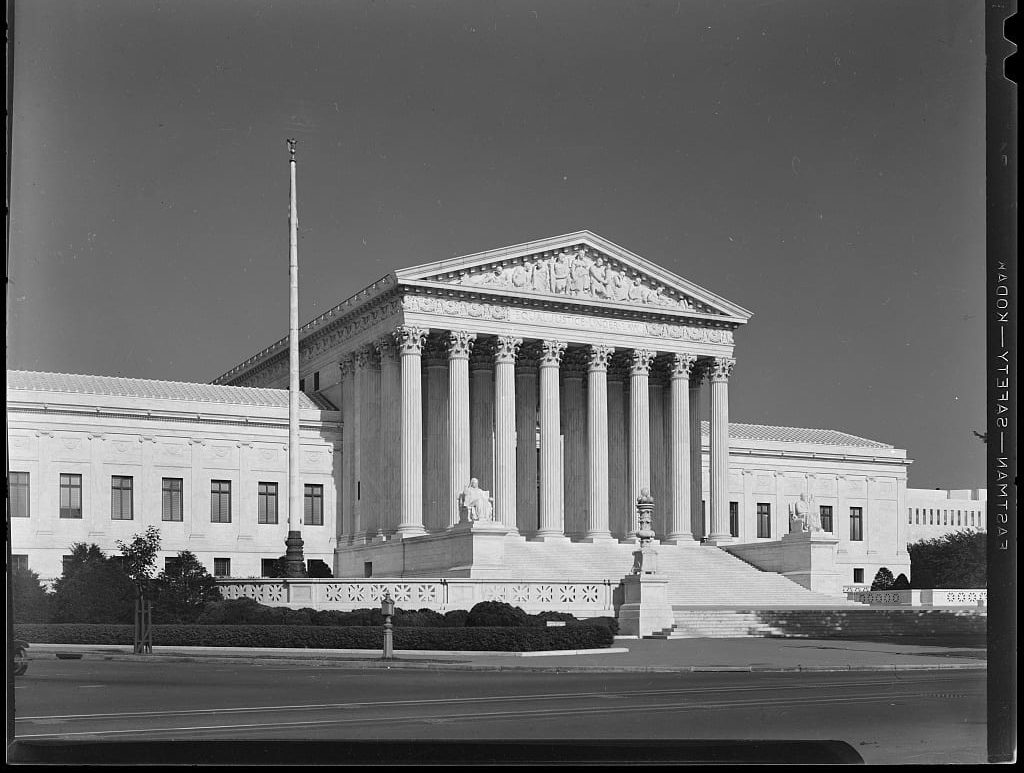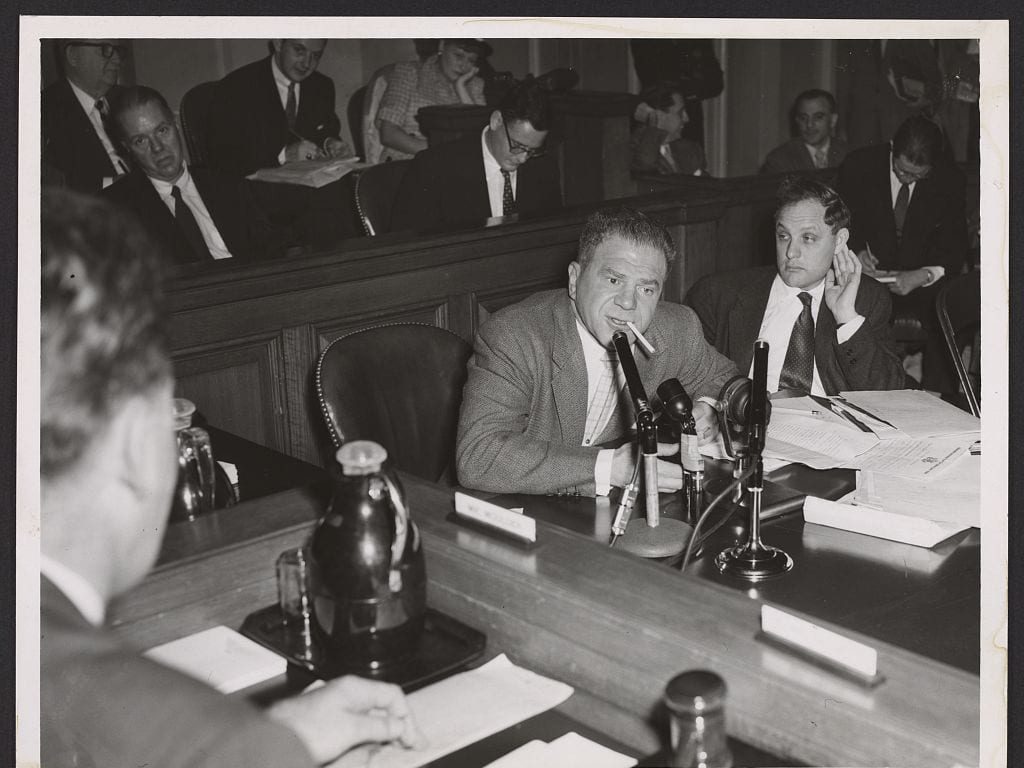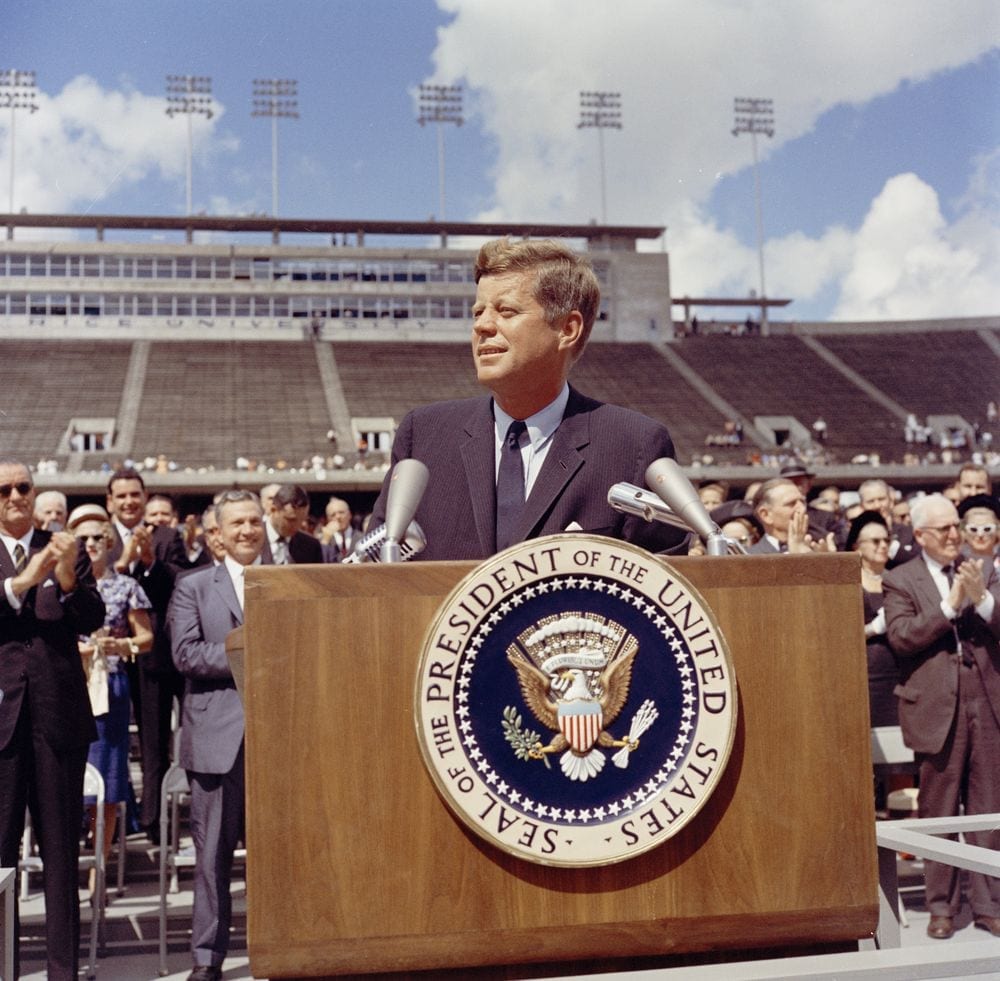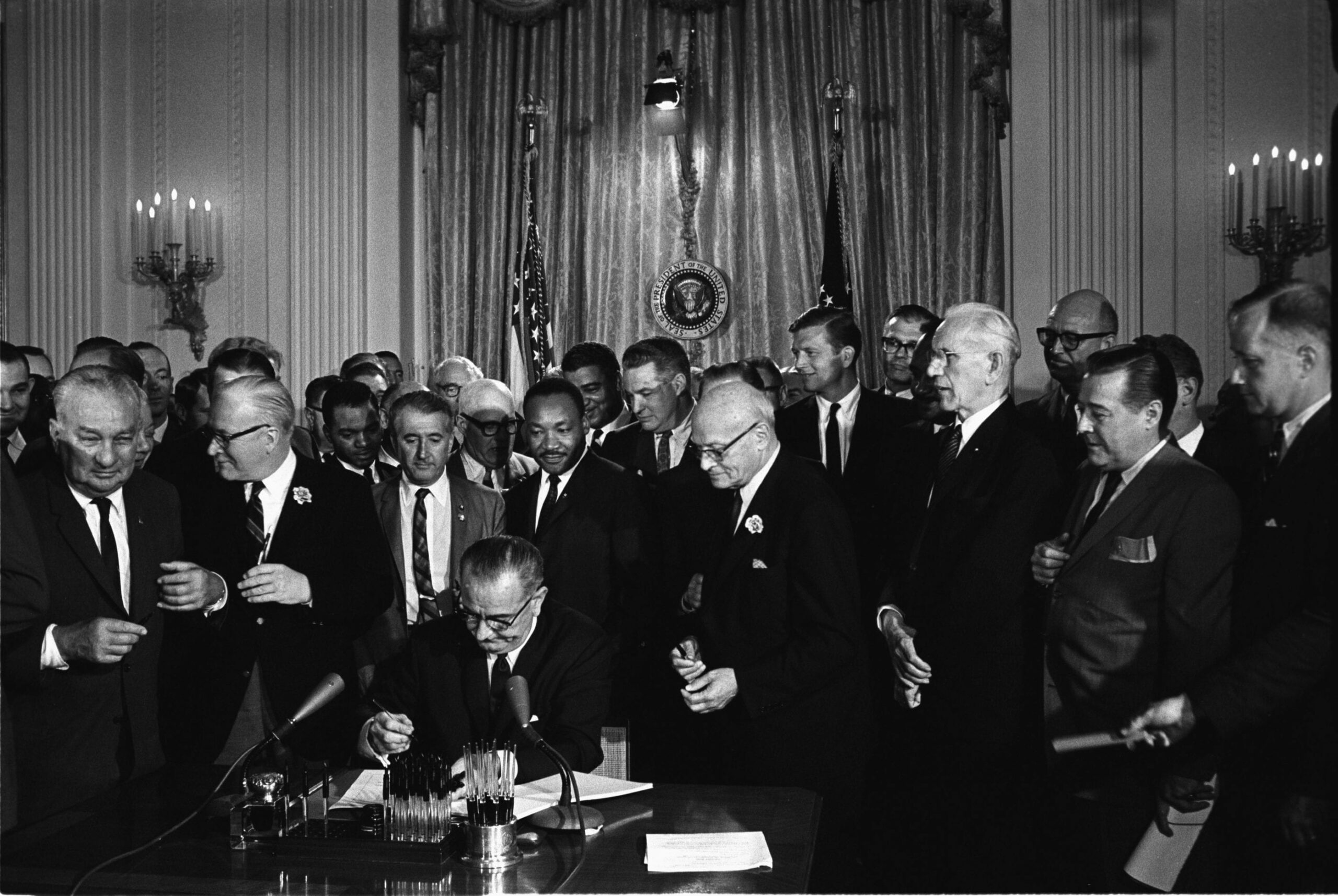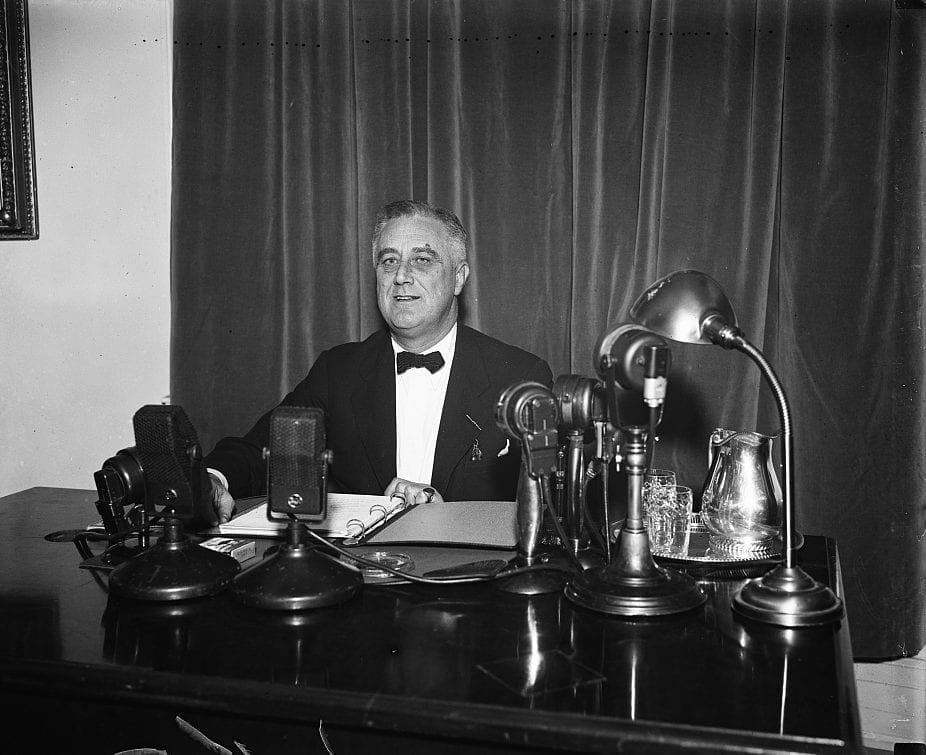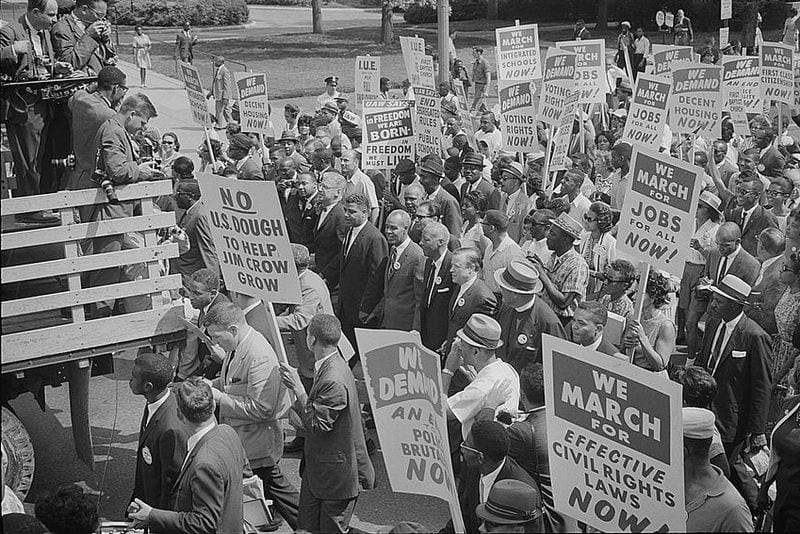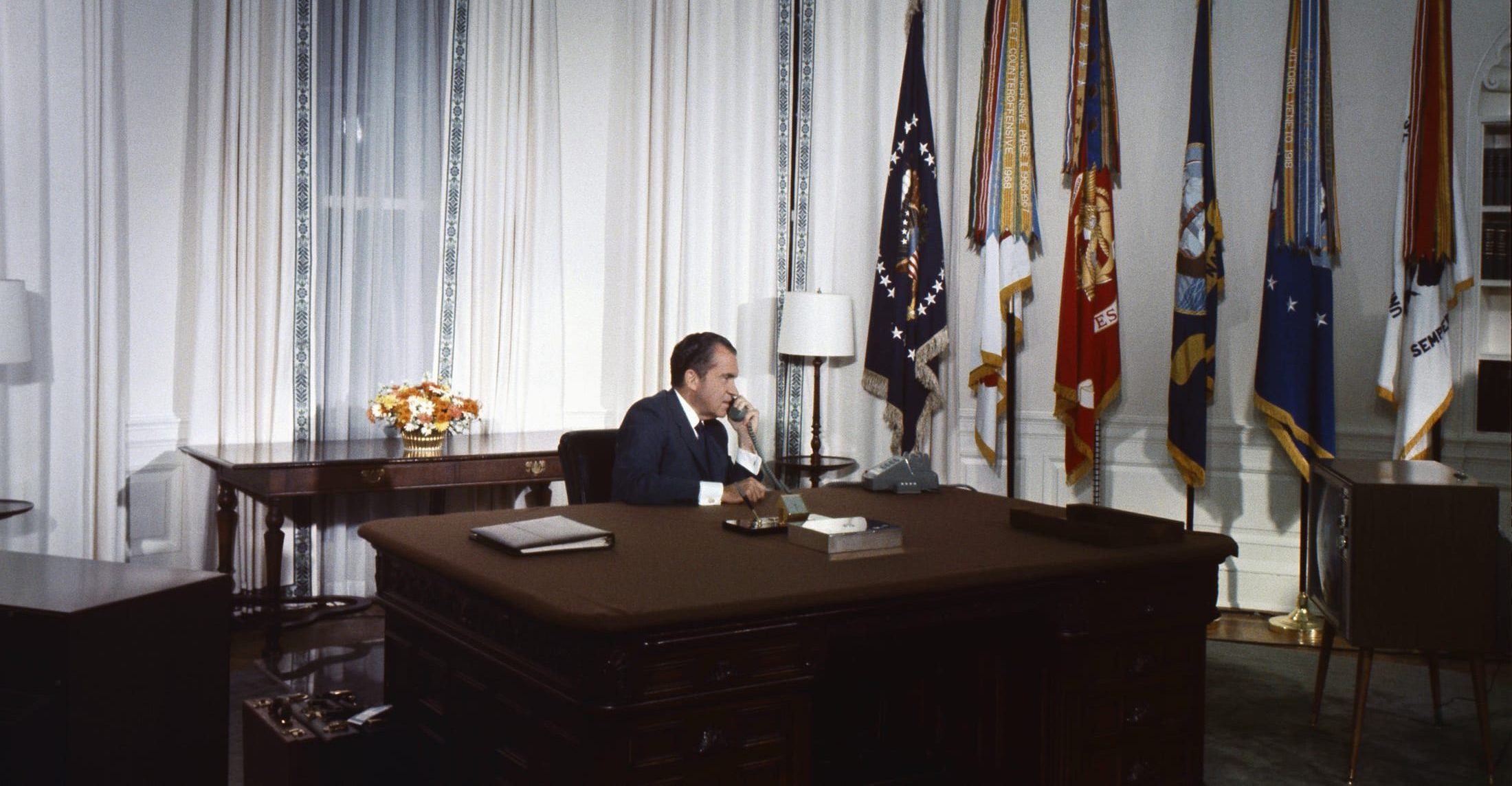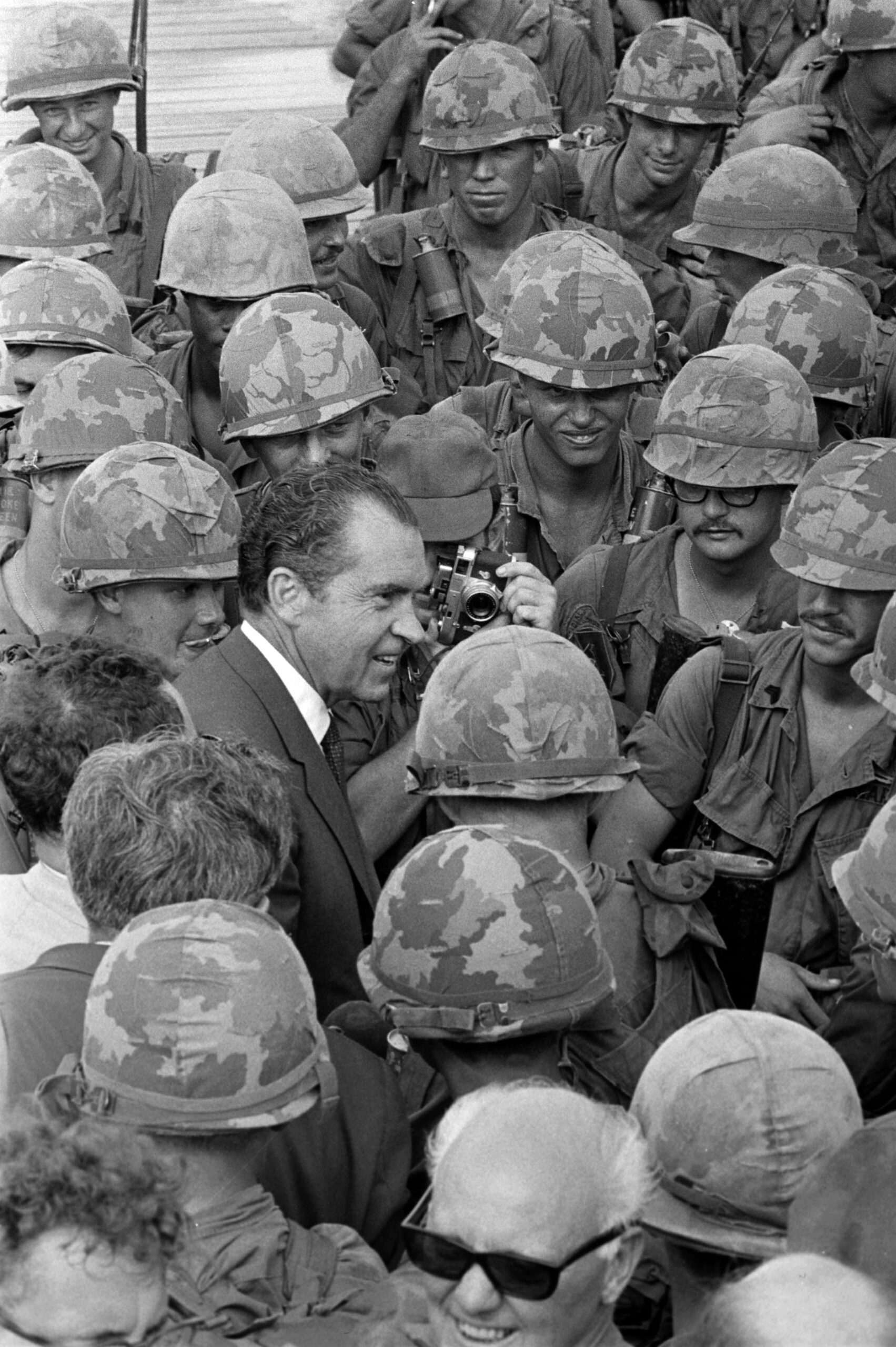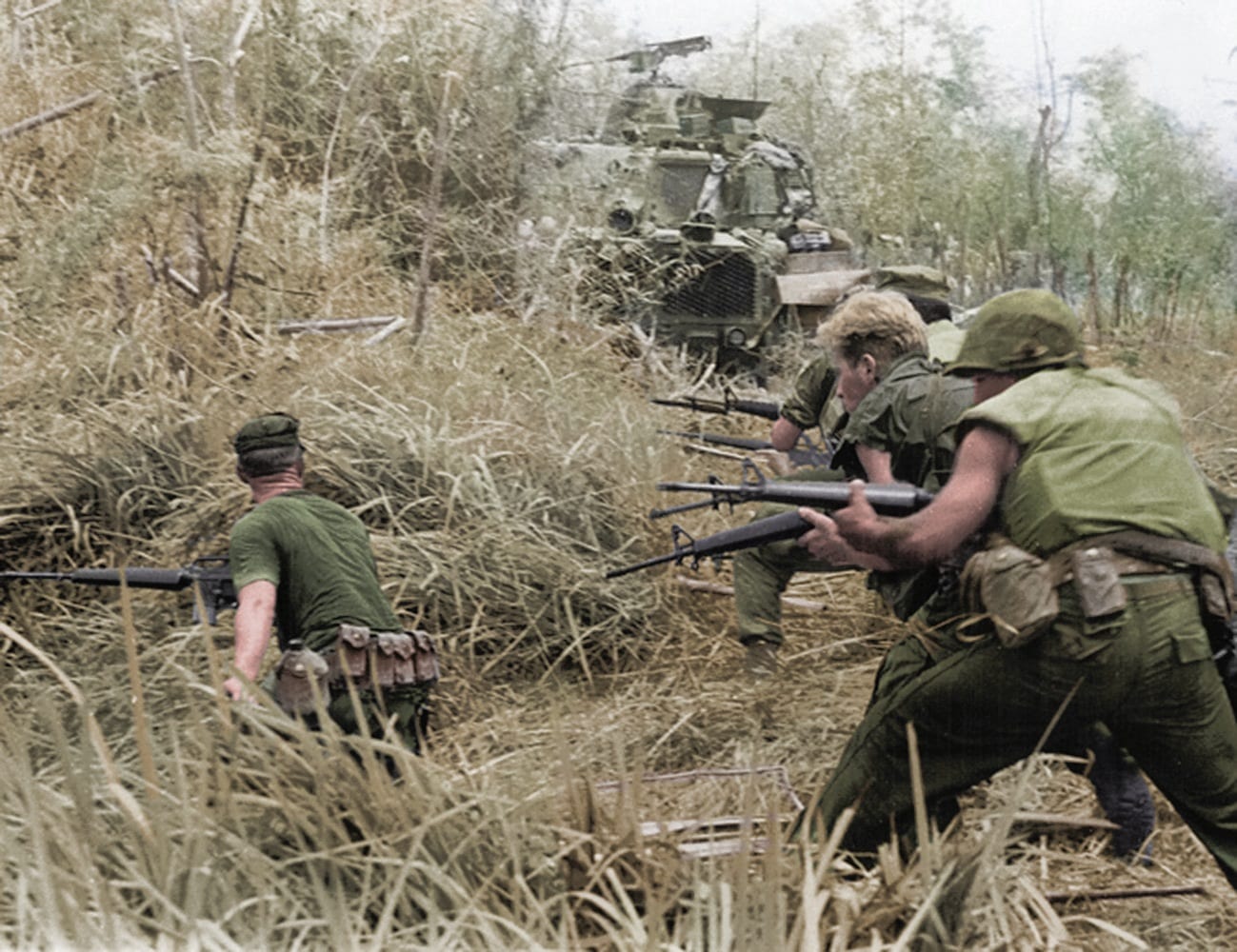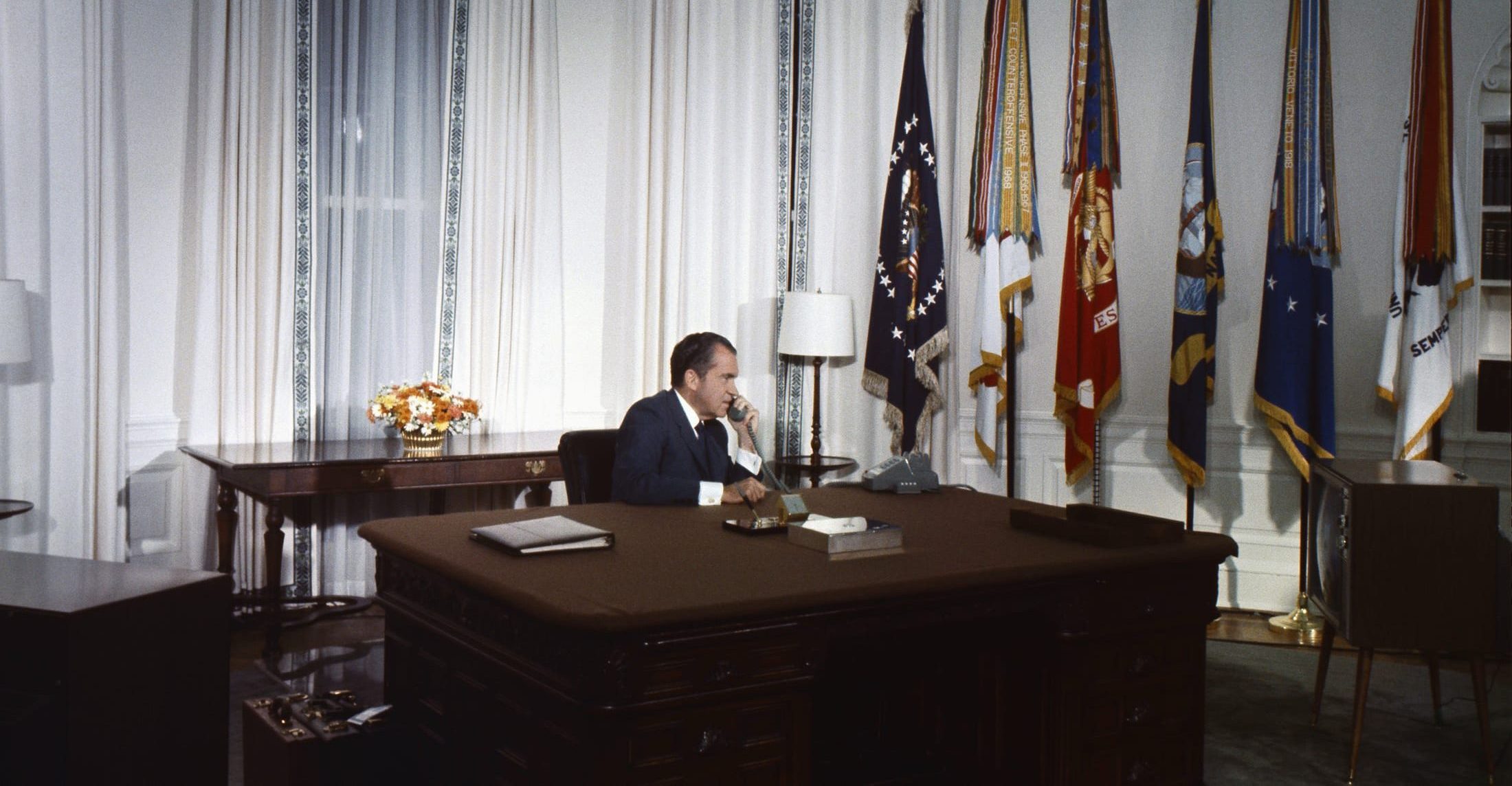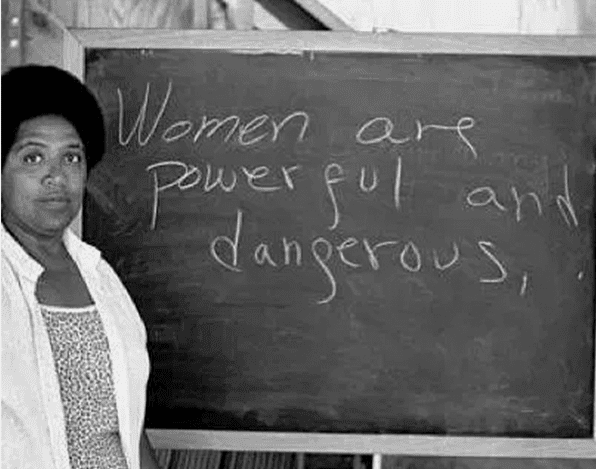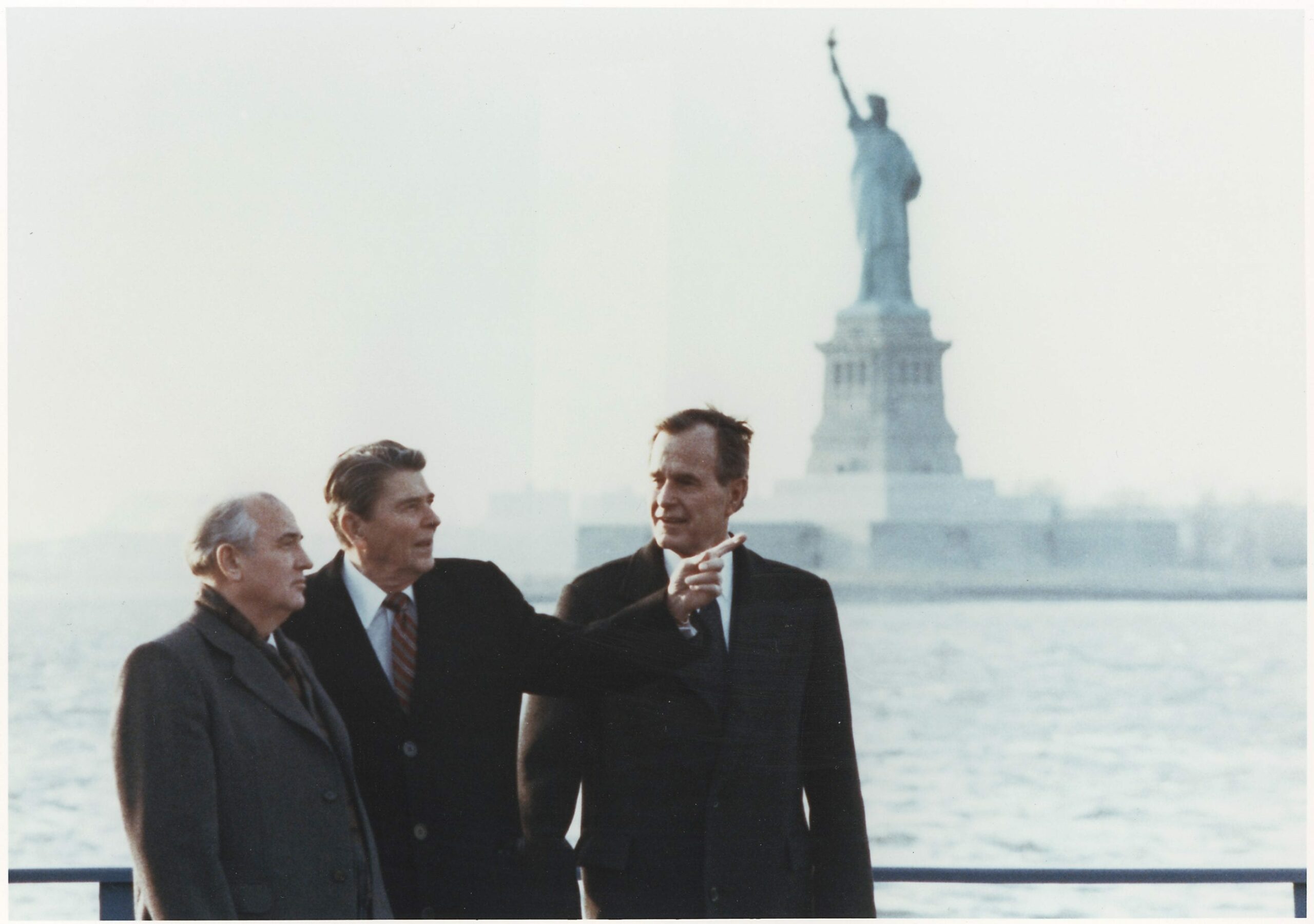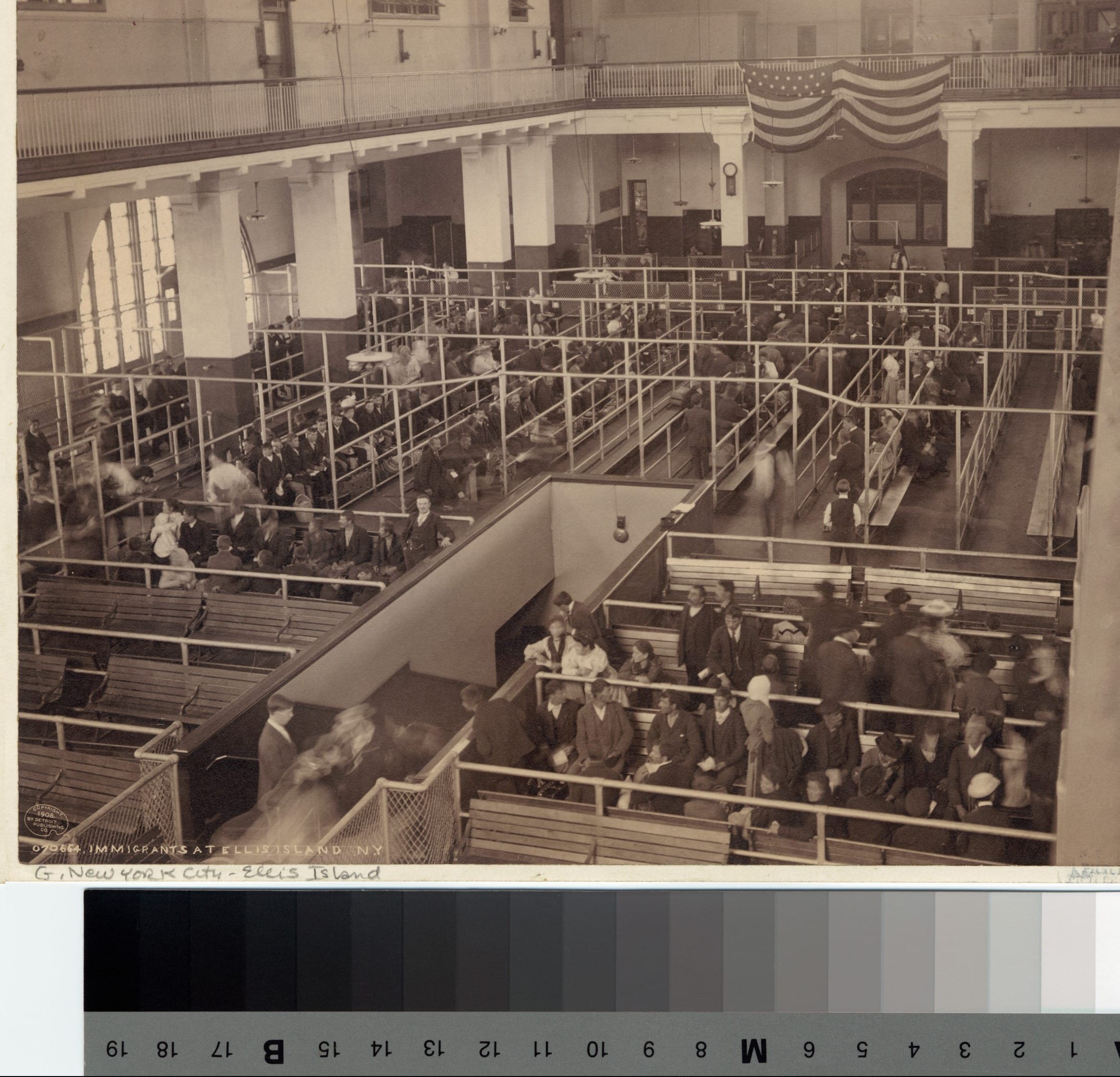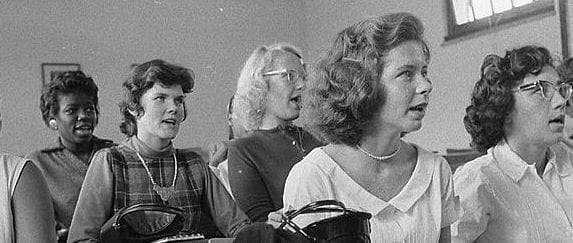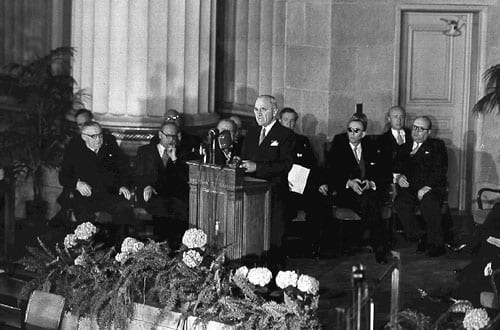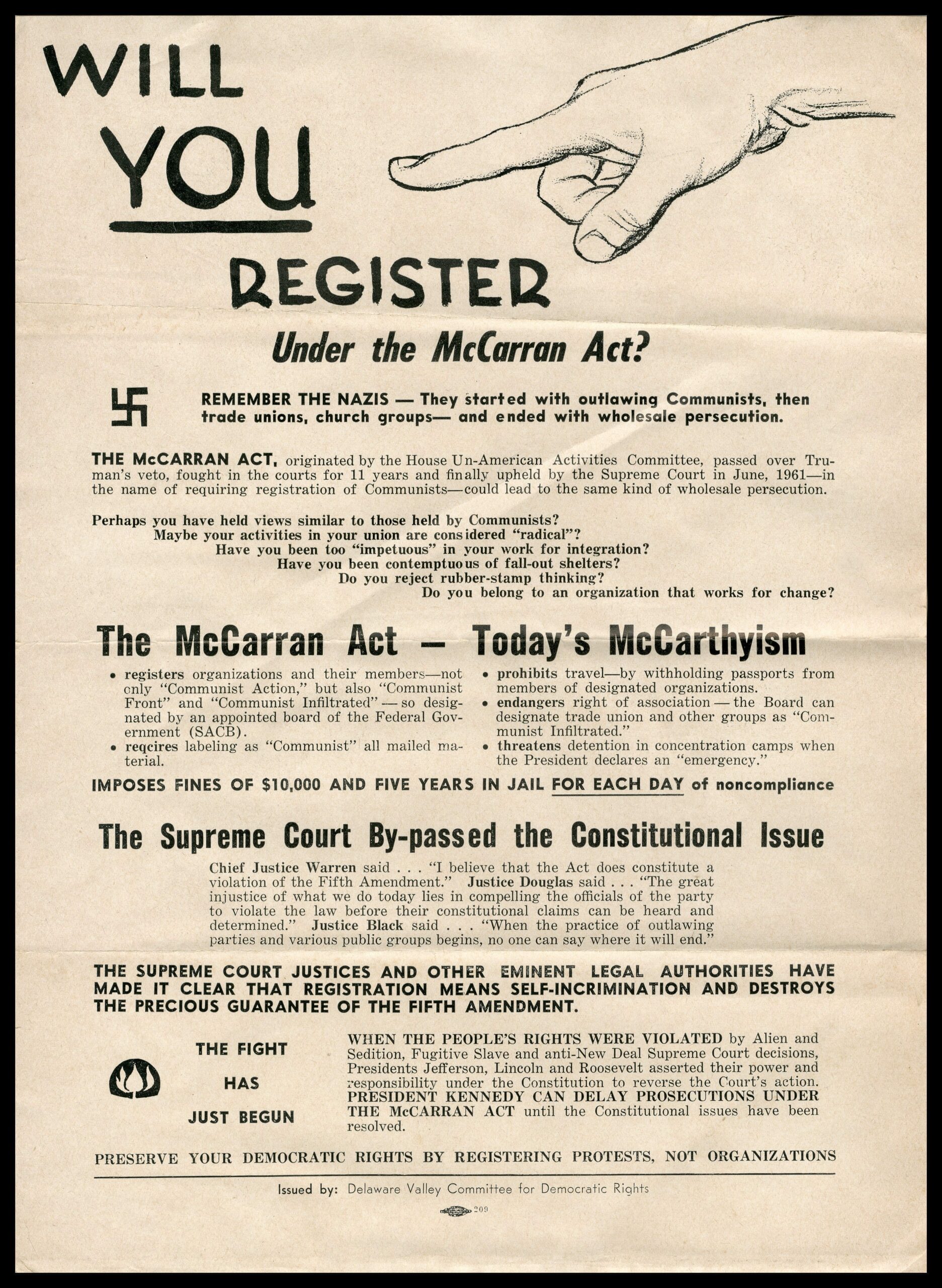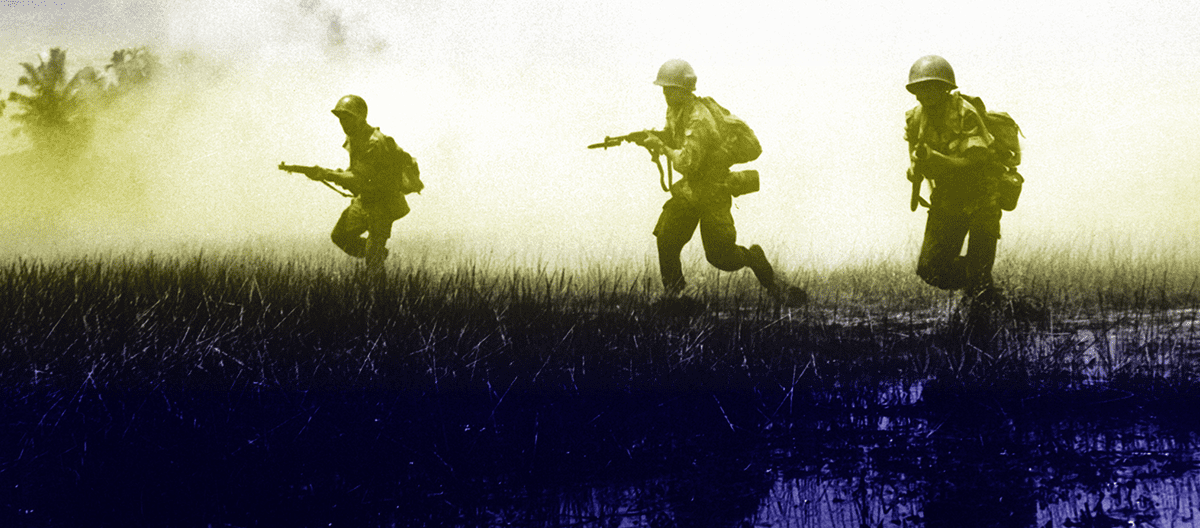

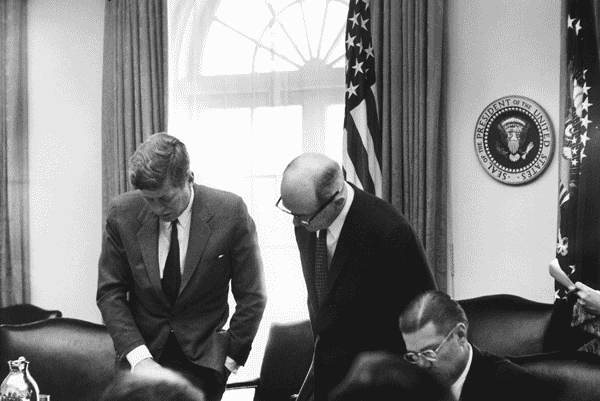
No related resources
Introduction
In the mid-1980s, Soviet leader Mikhail Gorbachev introduced reforms that eased some restrictions on political speech (glasnost) and state control of the economy (perestroika). He also reduced Soviet control over Eastern Europe. Gorbachev did not intend his reforms to be steps toward democratization; indeed, he hoped glasnost and perestroika would actually strengthen communism by convincing the Soviet people that the regime could adapt and improve. These reforms attracted the skeptical attention of U.S. leaders and national security officials. In setting out guidelines for a possible transition to a post-Cold War world, National Security Directive 23 (NSD 23) expressed this skepticism, demanding that Soviet actions live up to Gorbachev’s words. NSD 23 may be seen as a sequel to NSC 68, the 1950 policy paper that set durable guidelines for U.S. Cold War actions (See NSC 68). In its call for vigilance, NSD 23 also echoed George Kennan’s Long Telegram of 1946 (See Kennan). NSD 23 reinforced a long-standing Cold War policy: the United States must promote democratic values and forces, not as a provocation, but to create a better relationship with the Soviets and to fulfill the long-term U.S. aim of globally promoting democracy and its values. This meant, however, that while NSD 23 required that the Soviet Union not meddle in the internal affairs of other countries, the United States would meddle in the Soviet Union’s by requiring that it adopt a market economy and a democratic political system as a prerequisite for “a new cooperative relationship between Moscow and the West.”
Less than two months after President George H. W. Bush signed this directive, the “new era” came with remarkable suddenness. The Berlin Wall fell and a path to German unification opened, one the Soviet Union did not block. Poland continued its peaceful transformation from communism, as did Hungary and Czechoslovakia. The collapse of communism and its replacement with democratic forms of government and capitalism, the long-term goal of the United States, was now fully under way. A top priority for the United States was to ensure that these seismic changes did not cause instability or war in Europe.
Source: National Security Archive, Electronic Briefing Book no. 293 (November 7, 2009). Available at https://goo.gl/PNLfRA.
For forty years the United States has committed its power and will to containing the military and ideological threat of Soviet communism. Containment was never an end in itself; it was a strategy born of the conditions of the postwar world. The United States recognized that, while Soviet military power was not the only threat to international stability, it was the most immediate and grave one. The U.S. challenge was to prevent the spread of Soviet communism while rebuilding the economic, political, and social strength of the world’s long-standing and new democracies. Those who crafted the strategy of containment also believed that the Soviet Union, denied the course of external expansion, would ultimately have to face and react to the internal contradictions of its own inefficient repressive and inhumane system.
This strategy provided an enduring pillar for the growth of Western democracy and free enterprise. While the most important goal of containment has been met – the development of free and prosperous societies in Western Europe and in other parts of the world – the Soviet military threat has not diminished. Rather, in the last two decades, the Soviet Union has increased its military power across the spectrum of capabilities, drawing on that power to exacerbate local conflicts and to conduct a global foreign policy opposed to Western interests. The Soviet Union has stood apart from the internal order and often worked to undermine it.
The character of the changes taking place in the Soviet Union leads to the possibility that a new era may be now upon us. We may be able to move beyond containment to a U.S. policy that actively promotes the integration of the Soviet Union into the existing international system. The U.S.S.R. had indicated an interest in rapprochement1 with the international order and criticized major tenets of its own postwar political-military policy.
These are words that we can only applaud. But a new relationship with the international system cannot simply be declared by Moscow. Nor can it be granted by others. It must be earned through the demilitarization of Soviet foreign policy and reinforced by behavior consistent with the principles of world order to which the Soviet Union subscribed in 1945 but has repeatedly violated since. The Soviet Union cannot enjoy the fruits of membership in the community of states while holding ideological principles and engaging in conduct that promote the overthrow of that community.
The transformation of the Soviet Union from a source of instability to a productive force within the family of nations is a long-term goal that can only be pursued from a position of American strength and with patience and creativity. Our policy is not designed to help a particular leader or set of leaders in the Soviet Union. We seek, instead, fundamental [alterations] in Soviet military force structure, institutions, and practices which can only be reversed at great cost, economically and politically, to the Soviet Union. If we succeed, the ground for cooperation will widen, while that for conflict narrows. The U.S.-Soviet relationship may still be fundamentally competitive, but it will be less militarized and safer.
We are in a period of transition and uncertainty. We will not react to reforms and changes in the Soviet Union that have not yet taken place, nor will we respond to every Soviet initiative. We will be vigilant, recognizing that the Soviet Union is still governed by authoritarian methods and that its powerful armed forces remain a threat to our security and that of our allies. But the United States will challenge the Soviet Union step by step, issue by issue and institution by institution to behave in accordance with the higher standards that the Soviet leadership itself has enunciated. Moscow will find the United States a willing partner in building a better relationship. The foundation of that relationship will grow firmer if the Soviet reforms lead to conditions that will support a new cooperative relationship between Moscow and the West. Those conditions include:
- Deployment of a Soviet force posture that is smaller and much less threatening. The United States believes that the Soviet Union has legitimate security interests but Soviet military power is far greater than that needed to defend those interests.
- Renunciation of the principle that class conflict is a source of international tension and establishment of a record of conduct consistent with that pledge.
- Adherence to the obligation that it undertook at the end of World War II to permit self-determination for the countries of East-Central Europe. Moscow must authoritatively renounce the “Brezhnev Doctrine” and reaffirm the pledge of signatories to the U.N. Charter to refrain from the threat or use of force against the territorial integrity or political independence of any state.
- Demilitarization of Soviet foreign policy in other regions of the world and serious participation in efforts to ameliorate conflict, including bringing pressure to bear on Soviet clients who do not recognize the legitimate security interests of their neighbors.
- Participation in cooperative efforts to stop the proliferation of ballistic missile technology as well as nuclear, chemical and biological weapons.
- Willingness to cooperate with the United States to address pressing global problems, including the international trade in drugs and narcotics, terrorism, and dangers to the environment.
- Institutionalization of democratic internal laws and human rights practices, political pluralism, and a more market-oriented economic structure, which will establish a firm Soviet domestic base for a more productive and cooperative relationship with the free nations of the world.
[ . . . .]
Political-Diplomatic Objectives
Regional Issues
U.S. Policy will encourage fundamental political and economic reform, including freely contested elections, in East-Central Europe . . . .
I [President George H.W. Bush] direct the Secretary of State to:
Consider the most appropriate ways to engage the Soviets in discussions on resolving regional conflicts and eliminating threatening Soviet positions of influence around the world.
Transnational
The United States and the Soviet Union share an interest in reversing the spread of drugs and narcotics. The United States must challenge the Soviet Union to refrain from directly or indirectly supporting or training terrorists and insist that its allies do the same. . . .
I [President George H.W. Bush] also direct the Secretary of State to:
Examine ways in which the Soviet Union and the United States might cooperate on environmental issues.
The Vice President should:
Explore through the National Space Council ways that the United States and the Soviet Union might jointly use space to advance our mutual interests. A particularly promising area might be research on the environment in support of multilateral efforts to protect our planet.
[ . . . . ]
Democratization
The United States is encouraged by emerging trends in the internal political processes in the Soviet Union. Our concern about the character of the Soviet system, which denies its people basic political and economic liberties and pursues a policy of expansion abroad, is at the heart of our difference with Moscow. Let no one doubt the sincerity of the American people and their government in our desire to see reform succeed inside the Soviet Union. We welcome the positive changes that have taken place and we will continue to encourage greater recognition of human rights, market incentives, and free elections. To the extent that Soviet practices are modified and institutions are built based on popular will, we may find that the nature of the threat itself has changed, though any such transformation could take decades.
Where possible, the United States should promote Western values and ideas within the Soviet Union, not in the spirit of provocation or destabilization, but as a means to lay a firm foundation for a cooperative relationship. I direct the United States Information Agency, within budgetary limitations, to find new ways to promote the flow of information about American institutions and ideals to the Soviet Union. A special effort should be made to encourage private sector initiatives in support of this objective. . . .
Conclusion
The goal of restructuring the relationship of the Soviet Union to the international system is an ambitious task. The responsibility for creating the conditions to move beyond containment to integrate the Soviet Union into the family of nations lies first and foremost with Moscow. But the United States will do its part, together with our allies, to challenge and test Soviet intentions and, while maintaining our strength, to work to place Soviet relations with the West on a firmer, more cooperative course than has heretofore been possible.
- 1. That is, cooperating with.

Conversation-based seminars for collegial PD, one-day and multi-day seminars, graduate credit seminars (MA degree), online and in-person.

